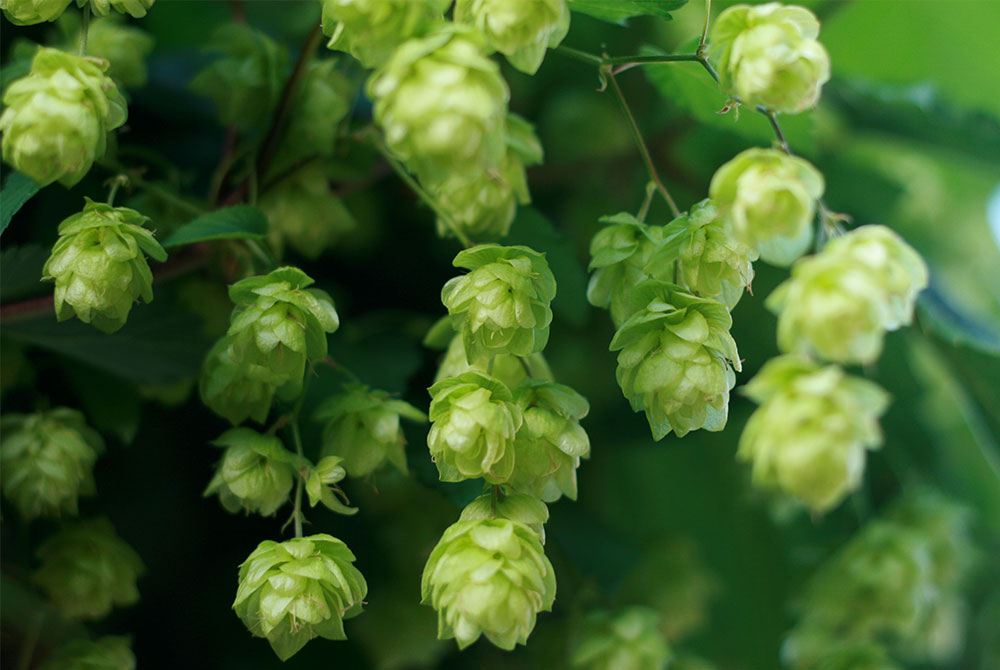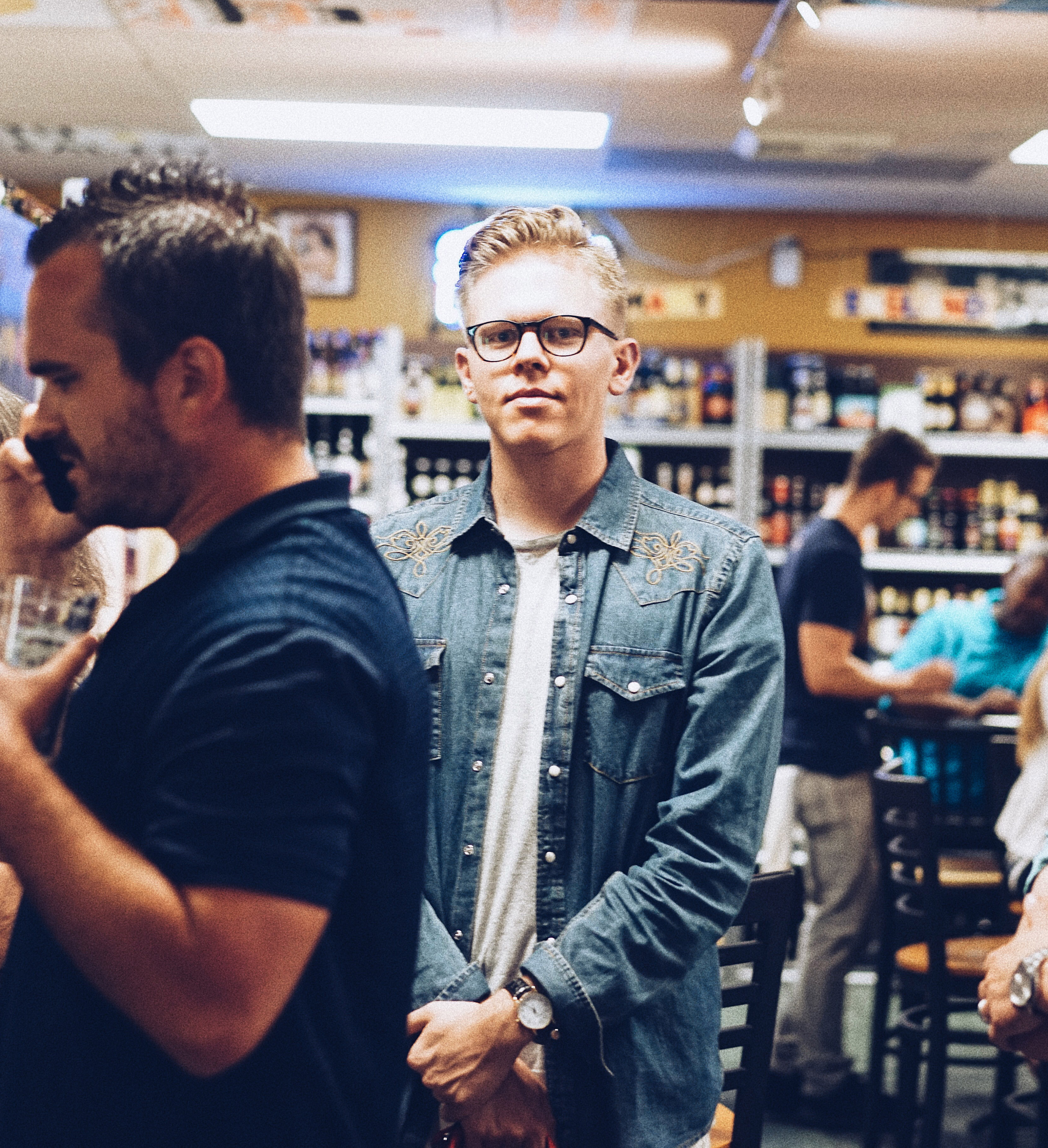Shop
What Are Hops?
Brewing's hippest ingredient gets the full Hop Culture breakdown.
“This beer is hoppy.” You’ve heard the words, but what exactly do they mean? And where do “hops” come from?
Hops are the flower of the the Humulus Lupulus plant; brewers first started using them in the 9th century. Back then, beer was traditionally flavored with different mixtures of spices. In the 1150s AD, the Abbess Hildegard of Bingen wrote about hops as a preservative, and that got people’s attention. In addition to flavoring the beer with their unique, crisp and piney taste, they also helped prolong the beer’s “shelf life.”
But it wasn’t until the 1500s that hops really took off. The 1516 introduction of the Reinheitsgebot, or the German Beer Purity Law, prohibited the brewing of beer with any ingredients besides water, hops, barley, and yeast. By law, “impure” beer was to be confiscated.
The order was half in place to prevent competition over grains between bakers and brewers and half in part to uphold traditional German brewing processes that were being rivaled by the Kölsch, Gose, and Altbier styles. Fortunately for us modern drinkers, these brewing styles survived because of the die-hard regional brewers who risked confiscation to keep their process alive.
Today, despite our brewing advancements, hops are in short supply because of a dry-heat summer in Germany, a drought in Washington State, and an insane increase in global demand. In order to get what they need, most U.S. craft brewers use “hop contracts” to secure their supply from farmers.
There are many different hop varieties, and each one has its own unique flavor and aroma profiles that range from pine to citrus to tropical. Right now, a few of the most popular Pacific Northwest hops include Chinook, Mosaic, and Amarillo; two of the three Great American Beer Festival American-Style India Pale Ale winners in 2016 used Chinook and Amarillo hops. The most popular German hops are Hallertau, Polaris, and Magnum. In fact, Hallertau hops are what make German beer so recognizably German.
With the demand skyrocketing, many are trying to “hop” into the hops market and secure the most popular varieties. However, new varieties and advancements are being developed all the time, meaning that what’s hip and experimental today might be frowned upon tomorrow.


